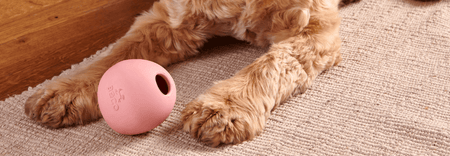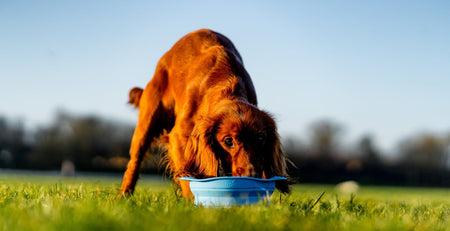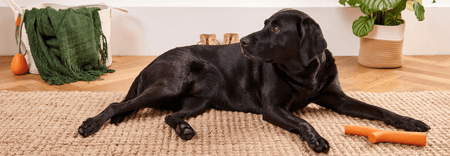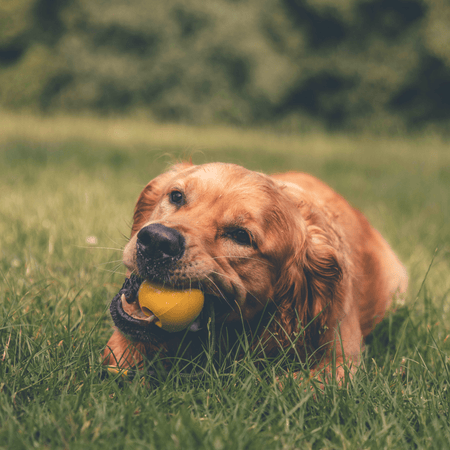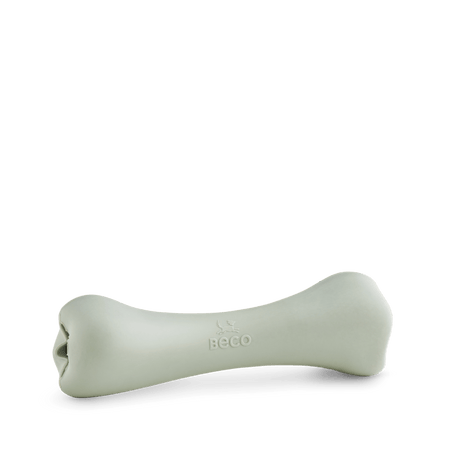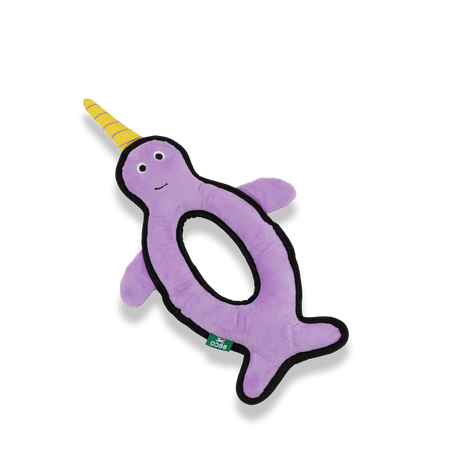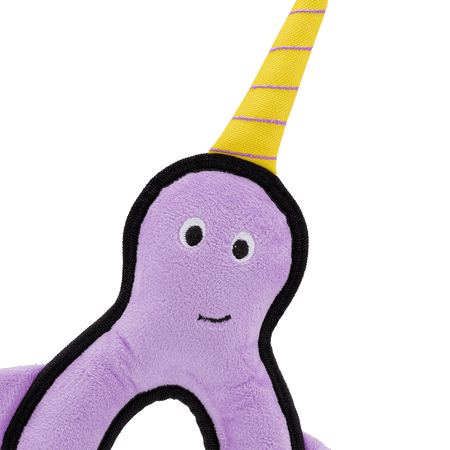A new puppy is exciting, but it can also be a bit chaotic.
With so many toys to choose from, how many is actually the right amount? Too few and you’re looking at a shoe-chewer; too many and your pup might just ignore them all.
Here’s the scoop on how many toys your new best friend should have, plus tips on keeping them engaged, happy, and away from your favourite pair of slippers.
- The optimal toy count for your pup is between 5-10 toys in a rotating selection.
- Different toy types serve unique puppy development needs.
- Toy rotation prevents boredom and maintains engagement.
- Always choose durable, appropriately sized toys to prevent choking and safety hazards.
How Many Toys Does a Puppy Need?
Most puppies do well with 5 to 10 toys in rotation. This ensures they have a mix of textures, sizes, and functions without overwhelming them.
A smaller number helps them stay engaged while rotating toys keeps things fresh. Many pet parents don’t realise that overloading a puppy with toys can be just as problematic as not giving them enough. The key is variety and moderation.
Different Types of Dog Toys Every Puppy Needs
Puppies need a mix of toys that cater to their physical and mental needs. Here’s what should be in their collection:
Chew Toys
Teething puppies will chew on anything. A durable chew toy saves your furniture and soothes their gums. Look for ones made of rubber or nylon to withstand sharp teeth.
Interactive Toys
Puzzle toys, treat-dispensers, or anything that makes your pup think keeps them mentally sharp. These toys help prevent boredom and reduce destructive behaviour.
Fetch Toys
Balls, fetch sticks, slinger balls and frisbees help burn energy and build a strong bond between you and your dog. Soft rubber or lightweight materials work best for small mouths.
Tug Toys
These are great for teaching impulse control and strengthening your pup’s jaws. Make sure they’re made of strong rope or natural rubber to avoid fraying.
Comfort Toys
Soft, cuddly toys offer a sense of security, especially on the odd occasion when you have to leave your pup alone.
Should Dogs Have Access to Toys All the Time?
Leaving all your pup’s toys out 24/7 leads to boredom. Instead, rotate their toys every few days.
Keep 3-4 available and switch them out weekly. This keeps playtime fresh and prevents your pup from losing interest.
Here’s how to rotate your pup’s toys:
-
Sort toys into categories: Chew, interactive, fetch, tug, and comfort.
-
Keep a selection out: Three or four at a time is ideal.
-
Swap them weekly: Put ‘old’ toys away and introduce ‘new’ ones. This keeps their interest high.
-
Observe their favourites: Just like children, some pups prefer one type of toy over another. If they consistently give the tug rope the cold shoulder, it might be time to donate it or replace it with a different type.
When Do Puppies Start Playing with Toys?
Puppies aren’t born ready to chase after a ball or tug on a rope. Their interest in toys develops over time.
Here’s what to expect:
-
Newborn to 3 weeks: At this stage, puppies focus on sleeping and feeding. They should still be with their mom and litter siblings. Toys won’t interest them yet.
-
3 to 6 weeks: At this stage, curiosity kicks in. They’ll start mouthing soft toys but won’t engage in proper play.
-
6 to 12 weeks: This is when most pet parents collect their new pup and the fun begins. Puppies start chewing and exploring, making this the best time to introduce a variety of toys.
-
3 to 6 months: Teething takes over, things could get a bit chaotic for a while, and chew toys become your new best friend.
-
6+ months: This is the time your pup’s jaw strength starts to increase, and they’ll need tougher toys to stay entertained.
Safety Considerations When Choosing Puppy Toys
Not all toys are safe for puppies. Look out for:
-
Size: Stay away from anything small enough to swallow. A toy should be larger than their mouth to prevent choking.
-
Durability: A toy that breaks easily becomes a choking hazard. Opt for well-made, durable options.
-
Non-toxic materials: Cheap plastic can contain harmful chemicals. Look for BPA-free, natural rubber or food-grade materials.
Always supervise your pup’s playtime, especially when giving them something new. Some toys can fray and become dangerous.
Frequently Asked Questions
How many toys does a puppy need?
A puppy generally needs 5 to 10 toys. The best approach is to have a mix of chew, interactive, and comfort toys while rotating them regularly to keep things interesting.
When can puppies play with toys?
Puppies start playing with toys around three weeks old, but real engagement happens at six to twelve weeks when teething and curiosity take over.
Should dogs have access to toys all the time?
No, if dogs have access to toys all the time it reduces their interest. A rotation system keeps toys engaging and prevents overstimulation.
Conclusion
Striking the right balance with your puppy’s toy collection is key to keeping them happy and engaged. Aim for 5-10 toys in a rotating selection to prevent boredom while ensuring a variety of textures, sizes, and functions.
From teething relief to interactive play, each type of toy serves a specific purpose in your pup’s development.
Remember, safety should always come first—choose durable, non-toxic toys that suit your puppy’s growing needs.
Ready to keep your puppy entertained and well-stimulated? Check out our range of high-quality dog toys and give your furry friend the best playtime experience.

